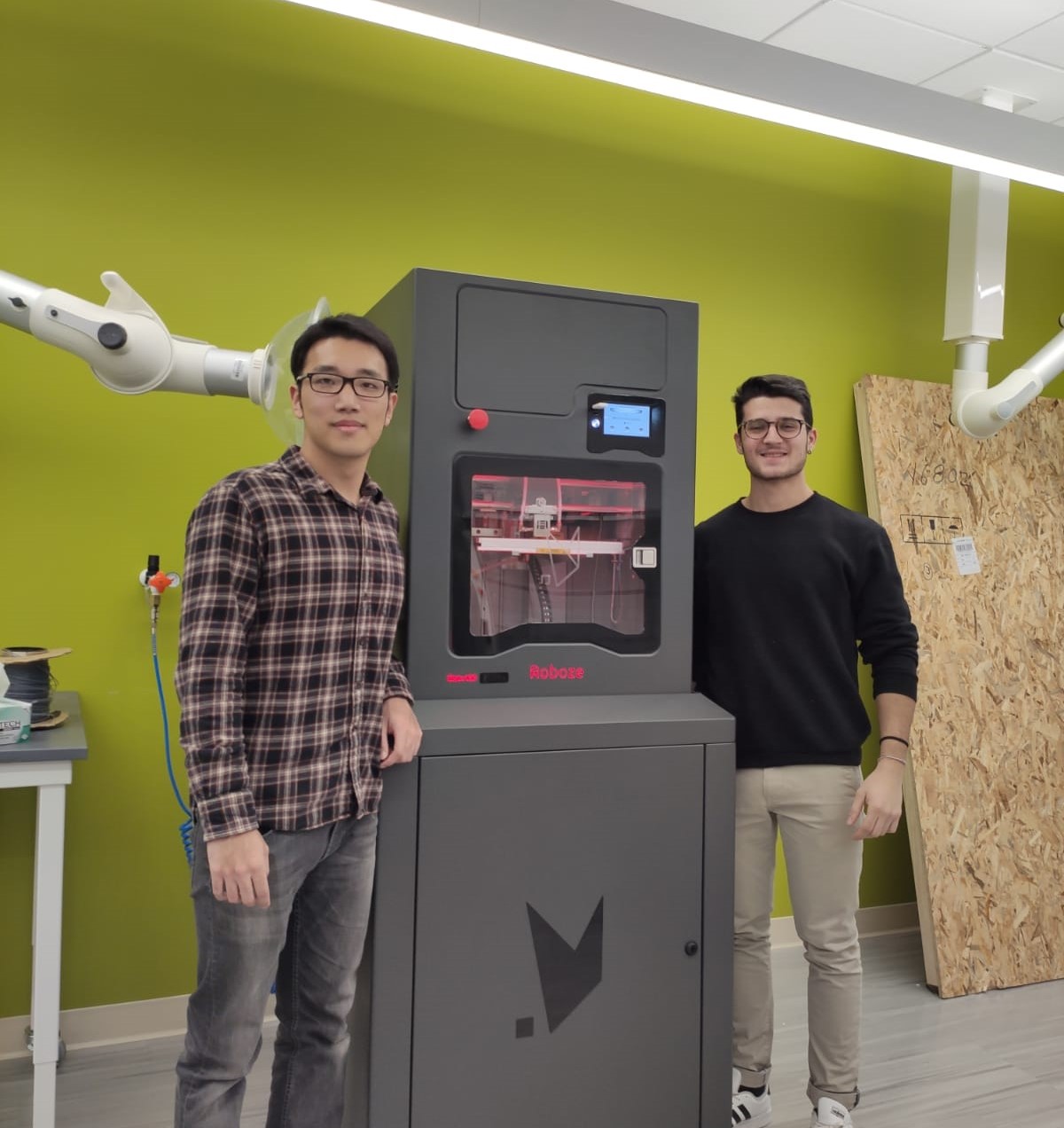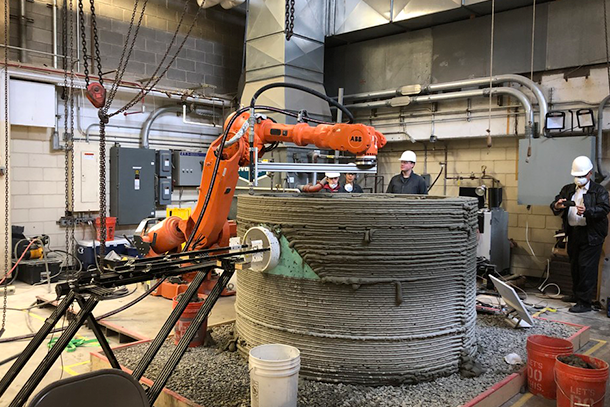Pennsylvania State University (PSU) has acquired an FFF 3D printer from Italian 3D printer manufacturer Roboze.
Situated within Penn State’s Department of Chemical Engineering, PSU researchers will use the ROBOZE One+400 Xtreme to advance the development of high performance plastics, with the overall goal of accelerating the progress and implementation of additive manufacturing.
Additionally, the researchers will use the system as an alternative to metal machining for producing custom equipment: “ROBOZE One+400 Xtreme will be used to examine novel polymers to help to fundamentally understand the 3D printing process and as a tool to enable custom equipment more cost effectively than can be obtained with machining metals while also allowing for designs not possible with traditional manufacture” comments Prof. Bryan D. Vogt from the Department of Chemical Engineering.
“The ROBOZE One+400 Xtreme will allow Penn State to leverage its expertise in materials science, engineering and characterization to enable new solutions to problems through additive manufacturing.”

3D printing at Pennsylvania State University
3D printing is a significant area of research and development at PSU. Ongoing projects at the university include the development of a 3D printing concrete system. A team at PSU received $75,000 in funding to help develop the 3D printer in August 2019. PSU has also spawned the humanitarian start-up Kijenzi, which is aiding remote healthcare facilities in Kenya with 3D printed medical supplies.
The university holds a number of additive manufacturing systems at its Center for Innovative Materials Processing through Direct Digital Deposition (CIMP-3D), where it has completed research on topics such as dissolvable supports for metal 3D printing. Currently, research at CIMP-3D is focused on the development of technologies that will enable greater utilization of additive manufacturing in industry.
Now with the addition of the ROBOZE One+400 Xtreme at Penn State’s Department of Chemical Engineering, students will test new polymers as well as develop new formulations to investigate multi functionality in printed parts.
The 3D printed parts will also be used to accelerate research in the development of chemical reactors. In such an application, 3D printing has the potential to produce hierarchical structures which can help improve performance. It can also be used to provide in-situ characterization that can be customized through the build design of the water purification systems. This can help to remove viruses and reactive-additive materials that supply feedback from the immediate environment.
“The versatility of the ROBOZE solution was a key factor in the selection. There is not a specific application in mind but rather there are a multitude of problems that can be addressed with the performance of the ROBOZE One+400 Xtreme printer, where the combination of precision and flexibility in materials is unprecedented” adds Prof. Vogt.

The One+400 Xtreme 3D printer
The One+400 Xtreme is part of Roboze’s line of high temperature Xtreme series FFF 3D printers. The series was first debuted at Formnext 2018, and includes the ROBOZE One Xtreme and ROBOZE One+400 Xtreme 3D printers.
Both systems work using the company’s patented Beltless System, designed for precise 3D printing applications, and its High Viscosity Polymers (HVP) extruder. The ROBOZE Xtreme series was created to bridge the gap between Roboze’s production additive manufacturing system, the Argo 500, and desktop-sized 3D printers, the ROBOZE One and ROBOZE One+400. The One+400 Xtreme therefore features a build plate measuring at 300 x 250 x 220 mm, compared to the 280 x 220 x 200mm build plate of its predecessors.
The nominations for the 2020 3D Printing Industry Awards are now open. Who do you think should make the shortlists for this year’s show? Have your say now.
Subscribe to the 3D Printing Industry newsletter for the latest news in additive manufacturing. You can also stay connected by following us on Twitter and liking us on Facebook.
Looking for a career in additive manufacturing? Visit 3D Printing Jobs for a selection of roles in the industry.
Featured image shows the ROBOZE One+400 Xtreme at PSU. Photo via Roboze.


